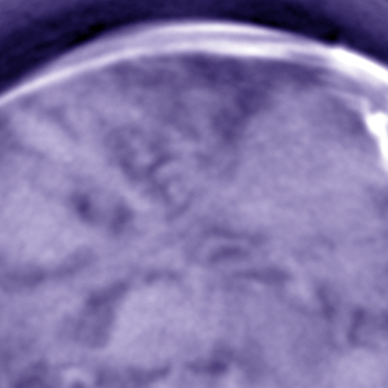
Characterisation

IRESNE performs analyses and detailed characterisations of waste samples from facilities currently undergoing dismantling
Our teams perform analyses and detailed characterisations of waste samples from facilities currently undergoing dismantling so we can precisely understand what they contain.
Historical background information on such facilities is generally insufficient when it comes to identifying their current state. We usually need to perform accurate measurements to obtain a true picture of the level of radioactivity before dismantling. These measurements must provide reliable and accurate data on very complex environments.
Characterisation can be ‘destructive’ during which the material is damaged during the course of a test, or it can be ‘non-destructive’ because the material remains intact after the test.
Our experts are tasked with developing radioactive waste package characterisation techniques that are non-destructive. For instance, they can use calorimeters, cavity ring-down spectroscopy, high-energy imaging, neutron and/or photon irradiation interrogation techniques, etc.
However, experts from other CEA divisions are asked to perform destructive tests on samples. For instance, they can perform diffusion coefficient measurements using calorimeters, accelerator mass spectrometry, laser absorption spectrometry, and cross sections..
IRESNE is concentrating its resources in the field of characterisation because it wants to improve its already existing tools and methods. As it is closely related to instrumentation and measurements for nuclear environments, characterisation must also evolve in line with the dose assessment tools in order to be able to define the radiological conditions in areas under investigation.
This characterisation process allows us to identify accurate and reliable scenarios of the clean-up and dismantling operations needed for each project.
The purpose of this research is to transfer our skills and expertise on waste, facility and soil characterisation methods to the relevant industry players.
Some of our techniques are now being used by the CEA, as well as by key clean-up and dismantling players such as ANDRA and Orano.